Recombinant Full Length Bovine Phosphatidylethanolamine N-Methyltransferase(Pemt) Protein, His-Tagged
| Cat.No. : | RFL36327BF |
| Product Overview : | Recombinant Full Length Bovine Phosphatidylethanolamine N-methyltransferase(PEMT) Protein (Q7YRH6) (2-199aa), fused to N-terminal His tag, was expressed in E. coli. |
- Specification
- Gene Information
- Related Products
- Case Study
- Application
- Download
| Species : | Bovine |
| Source : | E.coli |
| Tag : | His |
| Protein Length : | Full Length of Mature Protein (2-199) |
| Form : | Lyophilized powder |
| AA Sequence : | TRLLGYVDLSEPHFVAAVLAIVFNPLFWNVVARWEHKTRKLSKAFGSPRLACYTLGGAIL LLNVLRSHCFTQAMLSQPRMQSLDNPAVYHVGLALLGVGGVFVLSSFLALGFTGTFLGDY FGILKEARVTMFPFSVLDNPMYWGSTAIYLGWAIVHASPTGLLLTALVALIYMVAIVYEE PFTAEIYQQKASQAYKRS |
| Purity : | Greater than 90% as determined by SDS-PAGE. |
| Applications : | SDS-PAGE |
| Notes : | Repeated freezing and thawing is not recommended. Store working aliquots at 4°C for up to one week. |
| Storage : | Store at -20°C/-80°C upon receipt, aliquoting is necessary for mutiple use. Avoid repeated freeze-thaw cycles. |
| Storage Buffer : | Tris/PBS-based buffer, 6% Trehalose, pH 8.0 |
| Reconstitution : | We recommend that this vial be briefly centrifuged prior to opening to bring the contents to the bottom. Please reconstitute protein in deionized sterile water to a concentration of 0.1-1.0 mg/mL.We recommend to add 5-50% of glycerol (final concentration) and aliquot for long-term storage at -20℃/-80℃. Our default final concentration of glycerol is 50%. Customers could use it as reference. |
| Gene Name | PEMT |
| Synonyms | PEMT; PEMT2; Phosphatidylethanolamine N-methyltransferase; PEAMT; PEMT; Phospholipid methyltransferase; PLMT |
| UniProt ID | Q7YRH6 |
| ◆ Recombinant Proteins | ||
| PEMT-1798H | Recombinant Human PEMT protein, GST-tagged | +Inquiry |
| Pemt-4792M | Recombinant Mouse Pemt Protein, Myc/DDK-tagged | +Inquiry |
| PEMT-4034R | Recombinant Rat PEMT Protein, His (Fc)-Avi-tagged | +Inquiry |
| RFL35389RF | Recombinant Full Length Rat Phosphatidylethanolamine N-Methyltransferase(Pemt) Protein, His-Tagged | +Inquiry |
| PEMT-4374R | Recombinant Rat PEMT Protein | +Inquiry |
| ◆ Cell & Tissue Lysates | ||
| PEMT-3300HCL | Recombinant Human PEMT 293 Cell Lysate | +Inquiry |
| PEMT-3299HCL | Recombinant Human PEMT 293 Cell Lysate | +Inquiry |
| PEMT-3301HCL | Recombinant Human PEMT 293 Cell Lysate | +Inquiry |
Case 1: Presa N, et al. Acta Mol Basis Dis. 2020
PEMT, an enzyme that converts PE to PC, has been shown to protect against obesity and insulin resistance induced by a high-fat diet. This study using mouse 3T3-L1 preadipocytes shows that PEMT expression rises significantly during adipocyte maturation. Reducing PEMT levels impairs adipogenic marker expression, lipid droplet formation, triacylglycerol content, and leptin release, indicating its key role in adipogenesis. PEMT regulates this process through the ERK1/2 and AKT pathways, which are typically less active during differentiation but become more active with PEMT knockdown. Additionally, C1P, an inhibitor of adipogenesis, reduces PEMT expression, highlighting PEMT's role in C1P's anti-adipogenic effects.
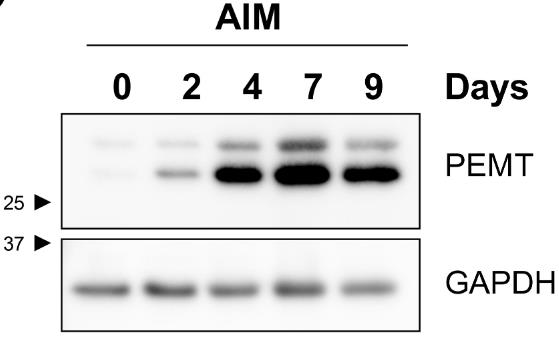
Fig1. PEMT expression was detected by Western blot using specific antibody.
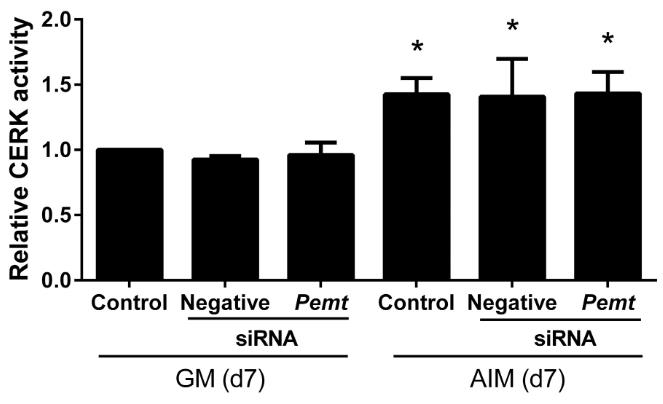
Fig2. 3T3-L1 cells were transfected either with negative or Pemt siRNA.
Case 2: Abomughaid M, et al. Int J Mol Sci. 2023
HCV depends on lipid metabolism for replication and can cause liver fat accumulation, but the specific mechanisms were unclear. This lipidomics analysis revealed increased neutral lipids and phospholipids in HCV-infected cells, particularly free cholesterol and phosphatidylcholine in the endoplasmic reticulum. This increase was linked to PEMT, which HCV induces to boost phosphatidylcholine levels. Knocking down PEMT reduced viral replication and lipid accumulation, suggesting it plays a key role in HCV-induced steatosis. Notably, PEMT expression varied among HCV genotypes, potentially explaining differences in steatosis prevalence. Overall, PEMT appears to be crucial for HCV replication and lipid metabolism in infected cells.
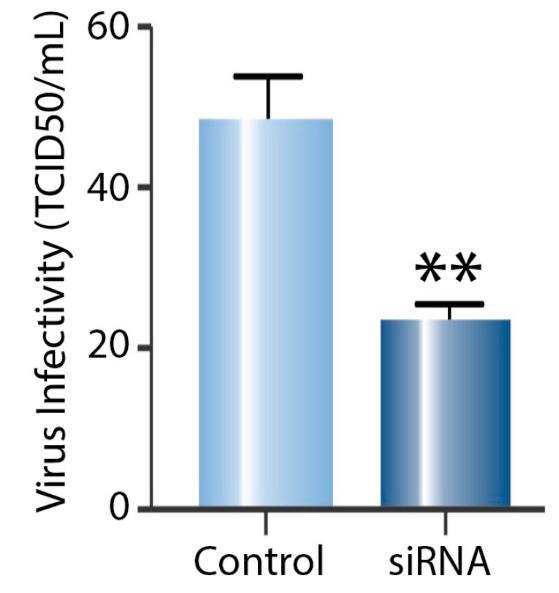
Fig1. Number of infectious foci for the Huh7 cells treated with 20 nM/mL PEMT siRNA or scrambled siRNA.
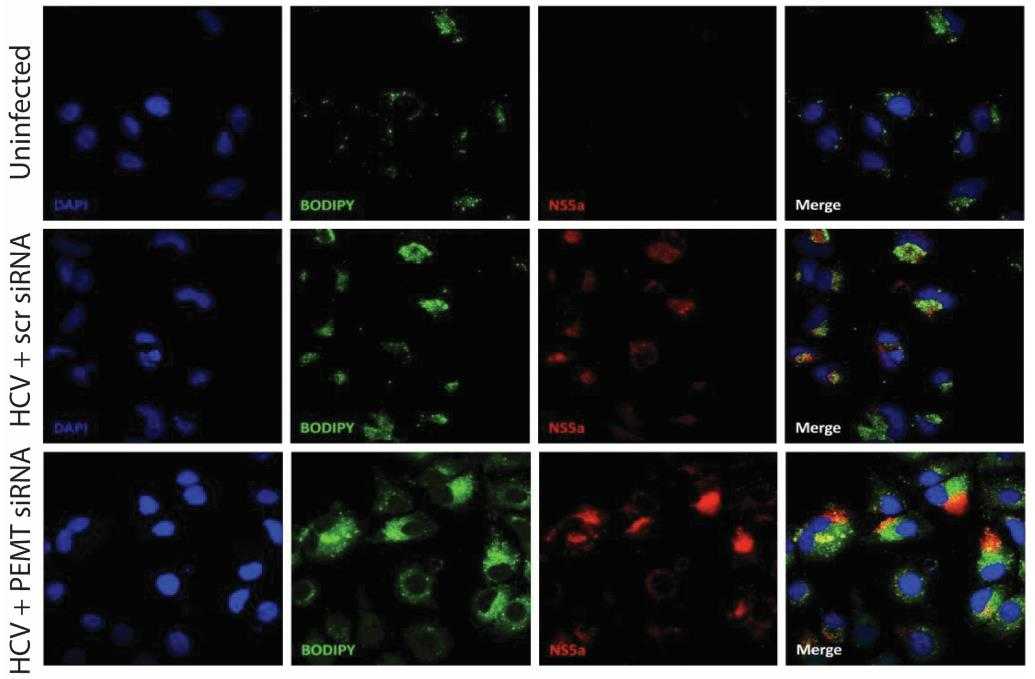
Fig2. BODIPY staining (green) of neutral lipids in HCV-infected cells (NS5A positive, red) treated with 20 nM siRNA targeting PEMT or scrambled siRNA control.
PEMT is a key enzyme that catalyzes the conversion of phosphatidylethanolamine (PE) to phosphatidylcholine (PC) in living organisms, a process that is essential for the synthesis and maintenance of cell membranes. Recombinant bovine PEMT protein and human PEMT protein are both bioengineered proteins that mimic the function of natural PEMT (phosphatidylethanolamine n-methyltransferase). As a research material, it helps scientists better understand the role of PEMT in fatty acid metabolism and cell signaling. In the field of agriculture, recombinant bovine PEMT protein may help improve feed efficiency and meat quality of livestock by regulating fat metabolism and improving muscle development. The human PEMT protein of its homolog can be further used in disease research, drug development and other applications.
Drug development: Because PEMT is associated with a variety of diseases, including non-alcoholic fatty liver disease (NAFLD), cardiovascular disease, and obesity, recombinant PEMT proteins can be used in drug screening and development to find potential therapeutics that modulate PEMT activity.
Study on disease model: PEMT gene variation is associated with a variety of metabolic diseases. Recombinant PEMT proteins can be used to build and study in vitro models of these diseases to better understand disease mechanisms and test treatments.
Nutrition research: PEMT's role in choline metabolism makes it relevant to nutrition research. Recombinant PEMT protein can be used to study the health effects of choline intake, as well as changes in PEMT activity under specific dietary conditions.
Anti-aging research: The change of PEMT activity is related to the aging process. Recombinant PEMT proteins can be used to investigate their role in aging and how to delay age-related changes by regulating PEMT activity.
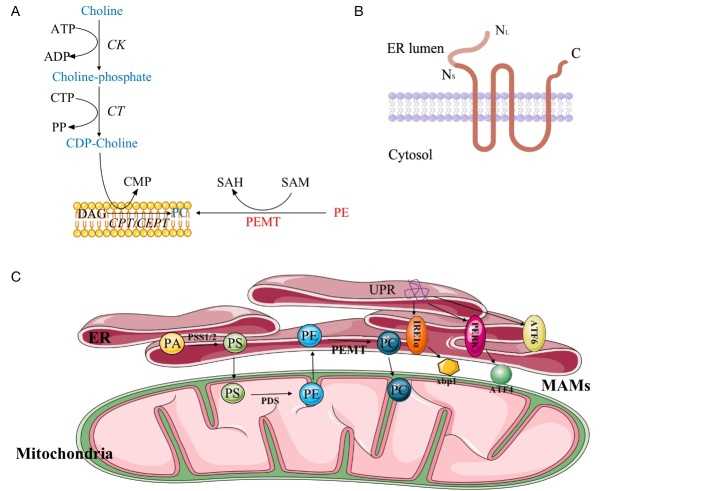
Fig1. The role of PEMT between ER and MAMs. (Jiayu Li, 2023)
Not For Human Consumption!
Inquiry
- Reviews
- Q&As
Ask a Question for All PEMT Products
Required fields are marked with *
My Review for All PEMT Products
Required fields are marked with *
Inquiry Basket


